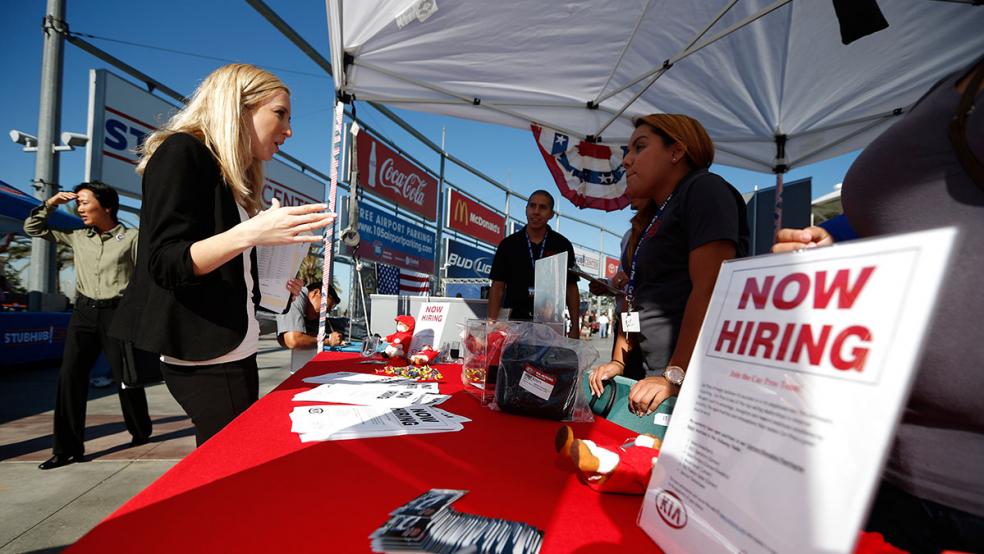The U.S. labor market cooled a bit in September but continues to expand at an impressive pace. Employers added 263,000 jobs, the Labor Department said in its monthly jobs report, down from the 315,000 recorded in August but higher than analysts had expected. The unemployment rate recorded a surprising decrease to 3.5%, matching a 50-year low, driven in part by a decline in the labor force participation rate.
Wage growth eased slightly, with average hourly earnings rising by 0.3%, below the 0.4% rate recorded in the first seven months of the year. Although pay hikes are still high relative to historic norms, workers continue to lose ground as inflation eats away at their wage increases.
“With 10 million jobs added since President Biden took office and an average of more than 370,000 per month over the last three months, this economy continues to produce strong and steady job growth that benefits workers and their families,” Secretary of Labor Marty Walsh said in a statement.
Overall, the September jobs numbers suggest that the Fed’s efforts are starting to produce some results in the economy, but not enough to make a significant dent in the inflation rate.
What the experts are saying: “We are seeing labor demand cool,” said economist Sarah House of Wells Fargo. “But we have a long way to go towards restoring balance between supply and demand for labor.” Wage gains are “still too strong for an inflation target of 2%, but it’s a step in the right direction,” she added.
“The labor market remains tight, and the supply of workers isn’t growing fast enough to bring down wage growth,” economists Anna Wong, Andrew Husby and Eliza Winger told Bloomberg. “Adjusted for slowing productivity growth, wage growth is running at least triple the pace consistent with the Fed’s price target.”
RSM chief economist Joseph Brusuelas said the report offered nothing to suggest that the Fed would soon pivot and relax its tightening campaign. “With third-quarter growth trending in the vicinity of 3% and hiring remaining stout, the case for the Federal Reserve to moderate its rate increases remains weak,” Brusuelas wrote. “The job gains in September, a 3.5% unemployment rate on the month and an average hourly earnings increase of 5% on a year-ago basis are simply not sufficient for the central bank to pull back on its efforts to restore price stability.”
The bottom line: The labor market continues to show signs of strength even as it cools somewhat, and many analysts say that the stronger-than-expected jobs report means that another “jumbo” interest rate hike of 75 basis points is likely when the Fed holds its next meeting in early November.




